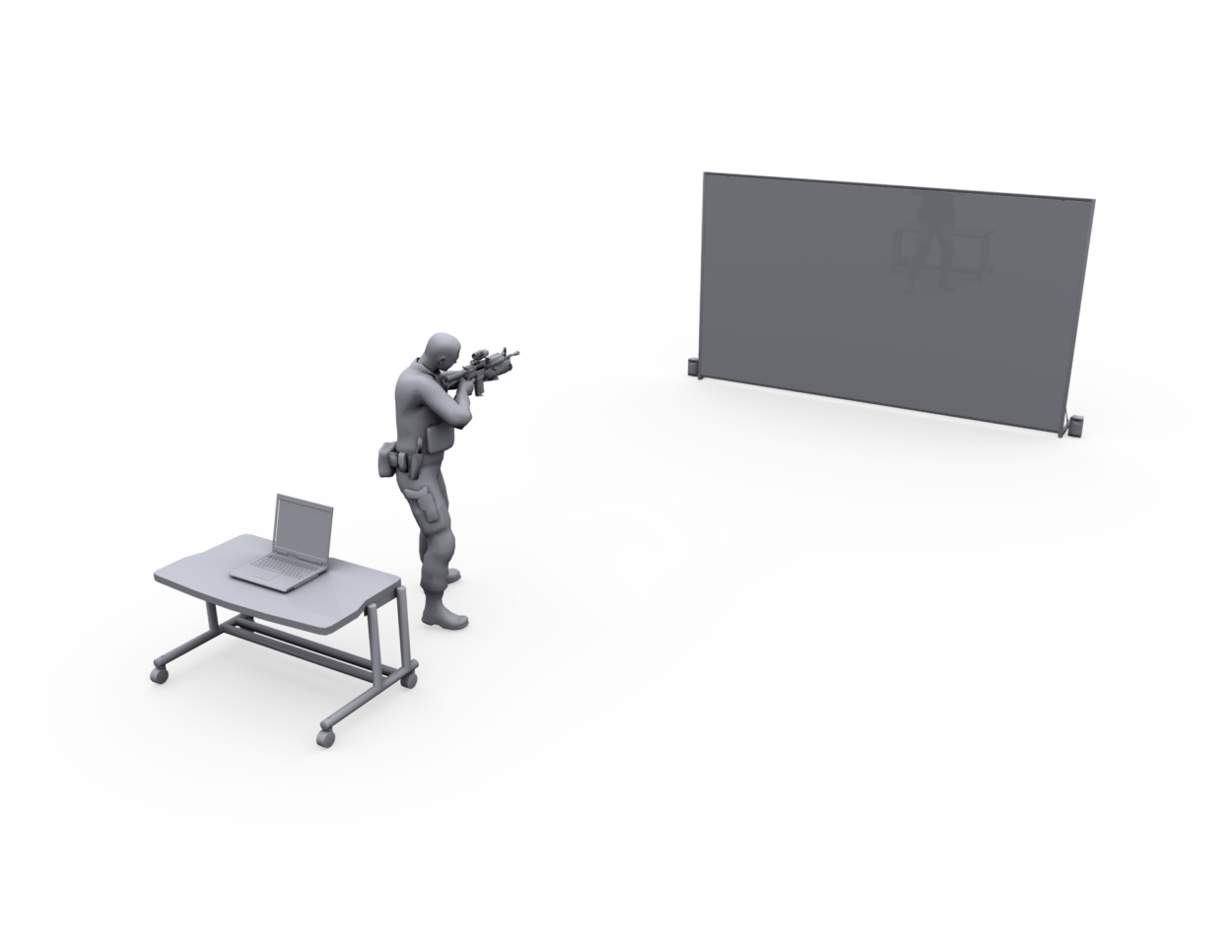
Need to check temperature? Use a thermometer. Need to measure human performance as it applied to police practice? Use VirTra.
VirTra’s value as a training tool is a given. Military and law enforcement agencies worldwide rely on our simulators for consistent, high-quality training. But in the past year, our team has been thrilled to see an exciting new use case:
Research!
Increasingly, scientists looking to measure use-of-force performance under stress turn to VirTra.
VirTra Certified as a Research Tool
Last year, Ohio University tested the V-100 Single Screen Simulator to determine if it could meet the demands of Department of Defense-funded research. The study tracked 30 adults, including those with police or military experience, over three shooting sessions. Researchers evaluated the participants on 21 different shooting metrics, using the simulator’s real-time analytics to capture the data.
The result? Ohio State University found that the simulator accurately captured all 21 variables with a high-reliability score. These findings confirmed that the system’s simulated ballistics met the requirements and exceeded expectations. Ohio State concluded that the simulator was well-suited to demanding research applications. Read the full study here.
The V-100’s newfound academic credentials made it a logical choice for further use of force research. Lon Bartel, Grand Canyon University Doctoral student, with the support of Force Science decided to use it to shed light on a longstanding question about police use of force:
How long does it take an person to stop shooting when presented with new information?
To explore this, the team created a scenario within the V-100 that displayed a target. When the target turned green, participants had to shoot as fast and accurately as possible but stop immediately when it turned red. The system then measured how many shots were fired after the stop signal, tracking reaction time delays.
This research led to some surprising findings. On average, the 109 participants fired an additional two rounds after the target turned red, with the first unintended shot occurring 0.16 seconds after the signal changed. In the most ideal of conditions, the majority of participants fired 2 or more rounds after the stop signal. Where previous research conducted in this area looked at police officer performance, this study used participants and Cumberland University. Illuminating that officers and civilians alike take time to stop shooting once started. Read the full study here.
Conclusion
The results of these studies reinforce VirTra’s reliability in high-stakes research. By providing accurate, real-time performance metrics, the V-100 has proven to be a critical tool for both training and scientific inquiry. As researchers continue to investigate decision-making, reaction times, and use-of-force dynamics, VirTra’s role in shaping the future of tactical training and law enforcement policy will only grow.
Although advanced, the V-100 is within reach of most police departments. Agencies of all sizes can leverage this trusted training tool using grants. Download the VirTra grant guide for easy-to-follow steps on how to apply for simulator grants.
Recently Published
Join Our Newsletter







